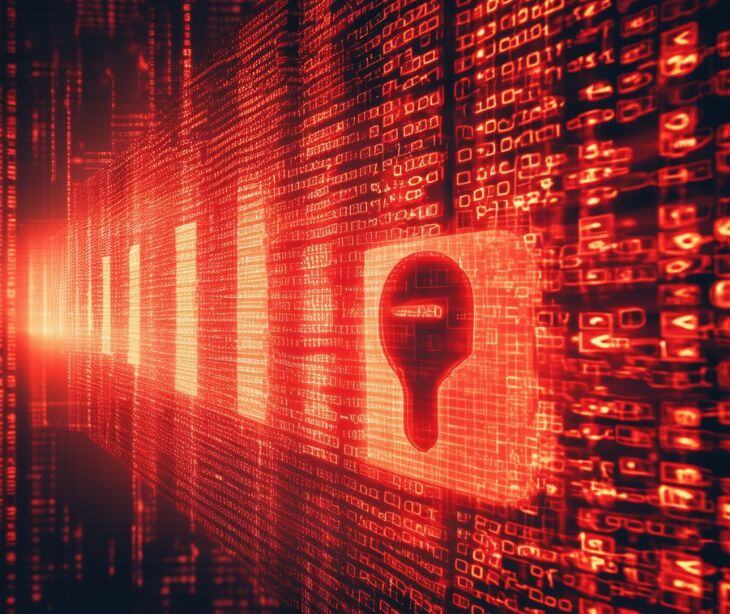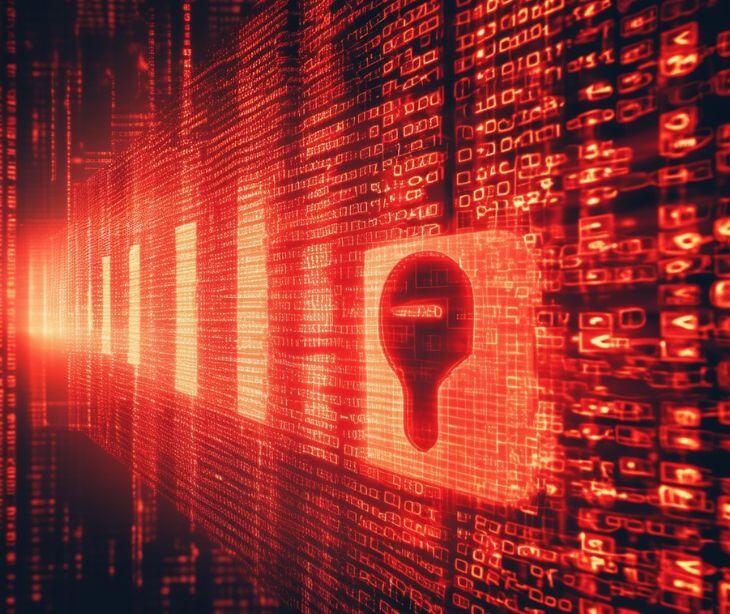
The healthcare sector can be a goldmine for valuable data, making it a prime target for exploitation. Employees may intentionally or accidentally misuse access to this information in a way that provides third-party threat actors access to internal networks.
Detecting and identifying insider threats
Defining the threat
Before detection can start, healthcare organizations should define what contributes to an insider threat. The CISA provides the following definition of insider threat, “...as the threat that an insider will use their authorized access, wittingly or unwittingly, to harm the department’s mission, resources, personnel, facilities, information, equipment, networks, or systems.”
Differentiating between malicious insiders (employees stealing data) and accidental insiders (employees mishandling electronically protected health information due to negligence) is a necessary part of this step as it allows organizations to develop policies targeted at discovering these threats early on.
Behavioral and activity monitoring
Advanced behavior analytics (UBA) software can be a useful tool in tracking patterns of unusual system access and attempts to bypass security protocols. Red flags include:
- Accessing data outside of job responsibilities
- Attempting to access restricted areas of the system
- Unexplained changes in personal behavior or productivity
Anonymous reporting mechanisms
Employees can be encouraged to report suspicious behavior in a way that is anonymous and confidential. The degree of identity protection provided allows organizations to root out insider threats while avoiding damaging interstaff relations. The most secure method of navigating these mechanisms is the use of HIPAA compliant email platforms like Paubox.
Mitigating the risk of insider threats
Insider threats, no matter the intention behind them stem from the way employees view and handle data. The starting point for mitigations is therefore understanding the threat as mentioned above as well as creating systems and policies that avoid unrestricted access. Access controls are commonly advised by both the HHS and the CISA as a method of avoiding a host of cyber security threats including insiders.
An equally necessary part of insider threat mitigation is the cause of threat management teams to investigate potential incidents and enforce policies consistently. These teams, in collaboration with IT, HR, and security experts create a well rounded approach to assessing and addressing threats.
Related: Top 12 HIPAA compliant email services
FAQs
What are insider threats?
An insider threat occurs when individuals in an organization misuse their access to compromise data, systems, or operations. These threats can be either intentional or unintentional.
What are cyber threats?
Cyber threats are malicious activities that aim to disrupt or steal information from computer systems or networks.
What is the role of the CISA in healthcare cybersecurity?
The Cybersecurity and Infrastructure Security Agency (CISA) helps protect the healthcare sector from cyber threats through the provision of resources, tools, and guidance.


.jpg)

%20-%202024-12-17T124136.948.jpg)